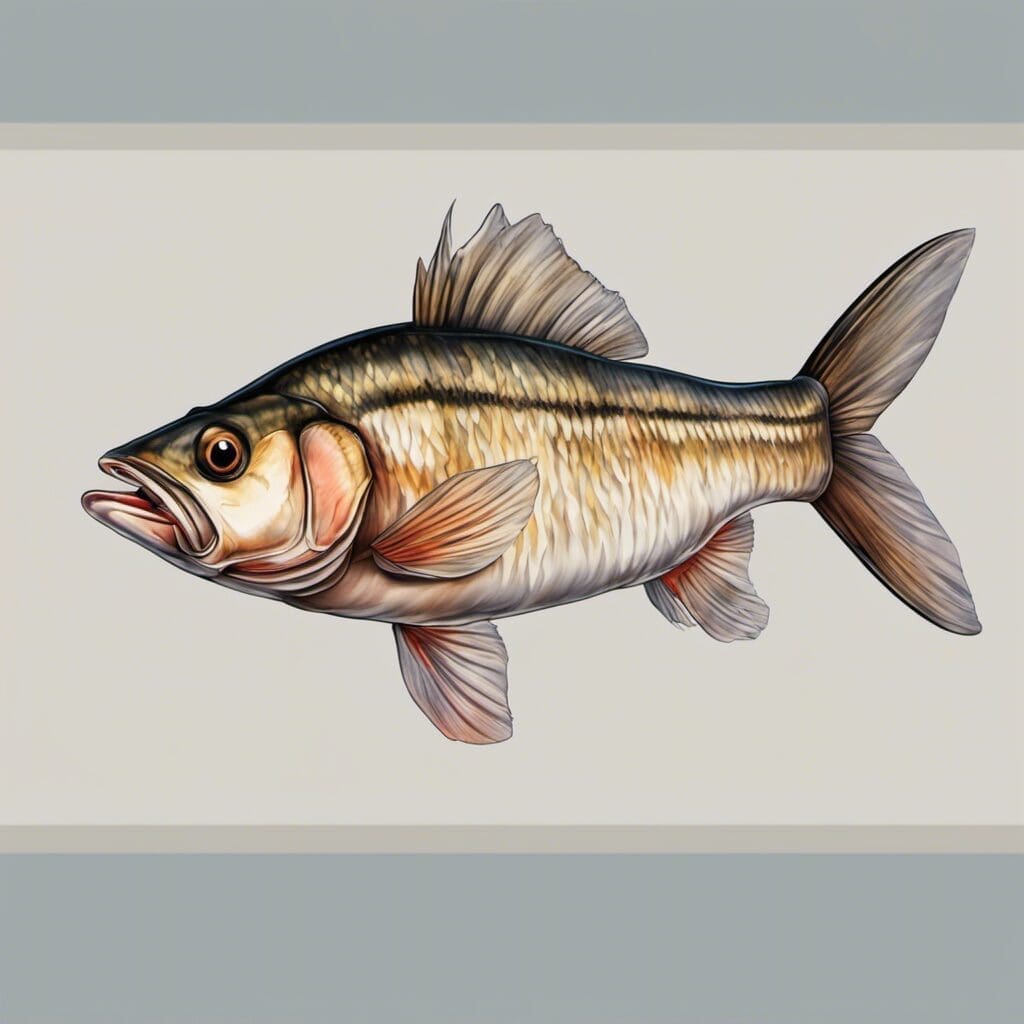Introduction
The Rudd, scientifically known as Scardinius erythrophthalmus, is a popular freshwater species belonging to the Cyprinidae family.
Conservation Status
Currently, the Rudd is listed as being of “Least Concern” on the conservation list, with no significant threats that could endanger the species. Various conservation efforts have been carried out to preserve the biodiversity of waters where Rudds inhabit, mainly focusing on water quality management and prevention of invasive species introduction.
Statistics
| Average | Range | |
|---|---|---|
| Length | 20 cm | 10 - 35 cm |
| Weight | 1 kg | 0.5 – 2 kg |
| Lifespan | 17 years |
Other statistics of interest include the Rudd’s age at maturity, which is typically 2 – 3 years, and the number of eggs laid by females, reaching up to 200,000.
Distribution
Rudds are typically found throughout Northern and Central Europe, with particular concentration in the UK, France, Germany, Scandinavia, and the Netherlands. Rudd is a non-migratory species and tends to stay in the same location throughout its life.
Habitats
Rudds are freshwater fish that prefer slow-moving or still waters with rich plant life. They typically inhabit lakes, reservoirs, ponds, and streams. They are found at a variety of depths, but are more common near the surface. Their preferred temperature range is 4 – 20°C.
When and Where to See
The best time of the year to observe Rudds is during the spring and summer. They tend to be most active in the late afternoon and evening hours.
Best Fishing Locations
Rudds can be found in a range of locations, although they tend to prefer certain types of freshwaters. Here’s a list of top places to find them:
- The Broads, UK
- Lake Geneva, Switzerland/France
- Loire River, France
- Rhine River, Germany
- Amsterdam Canals, Netherlands
- Maritsa River, Bulgaria
- Lough Corrib, Ireland
- Lake Vuoksa, Russia
- Vistula River, Poland
- Lake Peipus, Estonia/Russia
When searching for Rudds, it often helps to look for areas of water with plenty of aquatic vegetation and to fish in the late afternoon or evening.
How to Catch
Rudds are often caught on light tackle with maggots, worms, or bread as bait. Fly-fishing can also be effective. The best time to fish for Rudd is in the late afternoon or evening.
Identification Guide
Rudds have golden scales, red eyes, and a red fin. They have a somewhat round body and a terminal-mouth that points upward, differentiating them from similar species like the Roach.
Culinary
Rudd’s meat is white, firm and possesses a mild, sweet flavor. It is often fried, baked or used in fish soups. The nutritional value is quite decent as it provides a good source of Omega-3 fatty acids and protein.
Additional Information
Rudds eat a variety of foods including aquatic plants, insects, small fish, and crustaceans. Potential threats to the Rudd population include water pollution and the introduction of invasive species.
References and Further Reading
For more information, see the following sources:
- FishBase
- IUCN Red List
- British Sea Fishing
Note: Please check and follow the current fishing regulations in your area to ensure sustainable fishing practices.

